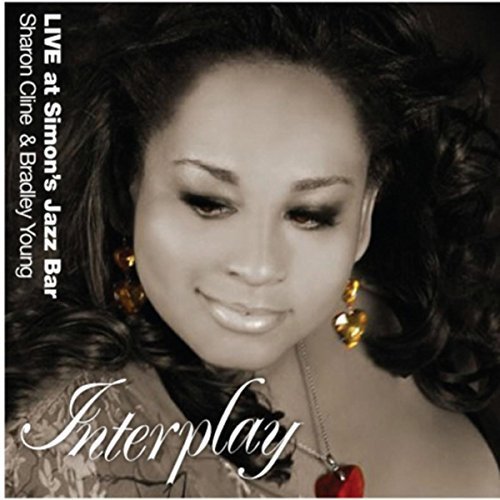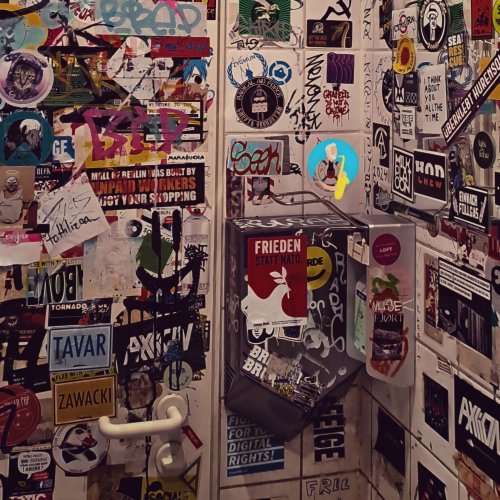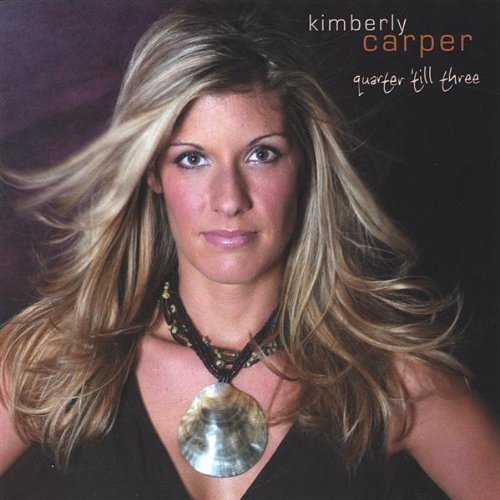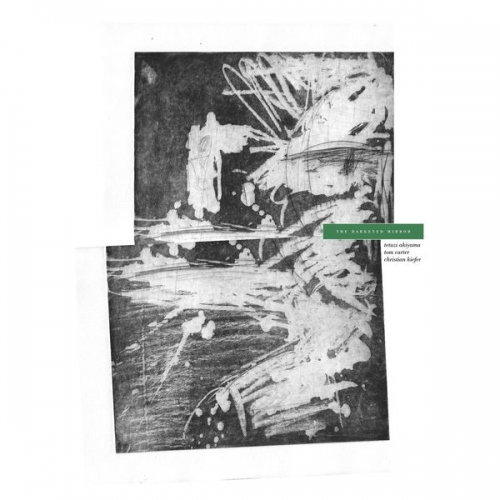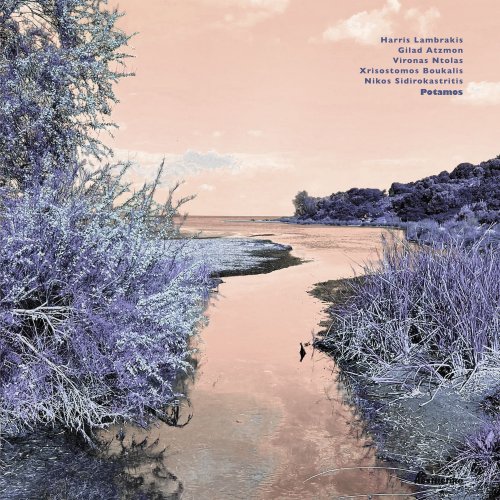Johann Sebastian Bach, Various Artists - Bach: Masterpieces (2023)
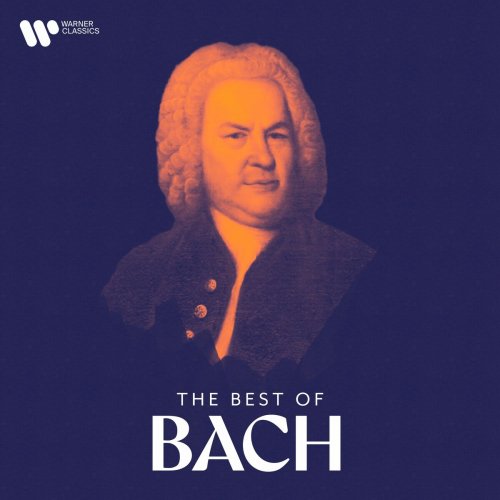
Artist: Various Artists, Johann Sebastian Bach
Title: Bach: Masterpieces
Year Of Release: 2023
Label: Warner Classics
Genre: Classical
Quality: FLAC (tracks)
Total Time: 222:13 min
Total Size: 902 MB
WebSite: Album Preview
Tracklist:Title: Bach: Masterpieces
Year Of Release: 2023
Label: Warner Classics
Genre: Classical
Quality: FLAC (tracks)
Total Time: 222:13 min
Total Size: 902 MB
WebSite: Album Preview
01. Bach, JS: The Well-Tempered Clavier, Book I, Prelude and Fugue No. 1 in C Major, BWV 846: Prelude
02. Bach, JS: The Well-Tempered Clavier, Book I, Prelude and Fugue No. 6 in D Minor, BWV 851: Prelude
03. Bach, JS: Goldberg Variations, BWV 988: Aria
04. Bach, JS: Goldberg Variations, BWV 988: Variation I
05. Bach, JS: Orchestral Suite No. 2 in B Minor, BWV 1067: VII. Badinerie
06. Bach, JS: Keyboard Concerto in D Minor, BWV 974: II. Adagio (After Marcello's Oboe Concerto)
07. Bach, JS: Orchestral Suite No. 3 in D Major, BWV 1068: II. Air
08. Bach, JS: Brandenburg Concerto No. 3 in G Major, BWV 1048: I. —
09. Bach, JS : Orch. Marriner: Was mir behagt, ist nur die muntre Jagd, BWV 208 "Jagdkantate": IX. Aria. "Schafe können sicher weiden"
10. Bach, JS : Arr. Kempff: Flute Sonata No. 2 in E-Flat Major, BWV 1031: II. Siciliano
11. Bach, JS: Herz und Mund und Tat und Leben, BWV 147: Choral. "Jesus bleibet meine Freude, Meines Herzen Lust und Saft"
12. Bach, JS: Cello Suite No. 1 in G Major, BWV 1007: I. Prelude
13. Bach, JS: Cello Suite No. 1 in G Major, BWV 1007: V. Menuets I & II
14. Bach, JS: Concerto for 2 Pianos in C Minor, BWV 1060: II. Adagio
15. Bach, JS: Well-Tempered Clavier, Book 2, Prelude and Fugue No. 11 in F Major, BWV 880: I. Prelude
16. Bach, JS: Well-Tempered Clavier, Book 2, Prelude and Fugue No. 17 in A-Flat Major, BWV 886: I. Prelude
17. Bach, JS: Violin Sonata No. 2 in A Minor, BWV 1003: III. Andante
18. Bach, JS: Suite No. 3 in D Major, BWV 1068: II. Air
19. Bach, JS: Goldberg Variations, BWV 988: Variation X. Fughetta
20. Bach, JS: Goldberg Variations, BWV 988: Variation XXVIII
21. Bach, JS: Concerto for Two Violins in D Minor, BWV 1043: II. Largo ma non tanto
22. Bach, JS: Orchestral Suite No. 3 in D Major, BWV 1068: II. Air (Arr. Yang for Guitar)
23. Bach, JS: Sonata for Violin & Keyboard No. 4 in C Minor, BWV 1017: I. Siciliano. Largo
24. Bach, JS: Matthäus-Passion, BWV 244, Pt. 1: No. 1, Chor. "Kommt, ihr Töchter helft mir klagen"
25. Bach, JS: Matthäus-Passion, BWV 244, Pt. 1: No. 6, Aria. "Buß und Reu"
26. Bach, JS: Matthäus-Passion, BWV 244, Pt. 2: No. 30, Aria mit Chor. "Ach, nun ist mein Jesus hin!"
27. Bach, JS: Matthäus-Passion, BWV 244, Pt. 2: No. 39, Aria. "Erbarme dich"
28. Bach, JS: Matthäus-Passion, BWV 244, Pt. 2: No. 52, Aria. "Können Tränen meinen Wangen"
29. Bach, JS: Matthäus-Passion, BWV 244, Pt. 2: No. 68, Chor. "Wir setzen uns mit Tränen nieder"
30. Bach: Arioso (Arr. Cortot After Harpsichord Concerto No. 5 in F Minor, BWV 1056)
31. Montero: Adagio (After Bach's Violin Concerto No. 2, BWV 1042)
32. Bach, JS: Violin Sonata No. 1 in G Minor, BWV 1001: II. Fuga
33. Bach, JS: Concerto for 4 Pianos in A Minor, BWV 1065: I. Allegro
34. Bach, JS: Goldberg Variations, BWV 988: Aria
35. Bach, JS: Goldberg Variations, BWV 988: Variation IV
36. Bach, JS: Piano Concerto No. 5 in F Minor, BWV 1056: II. Largo
37. Bach, JS: Schemellis Musicalisches Gesang-Buch: Mein Jesu! Was vor Seelenweh, BWV 487
38. Bach, JS: St John Passion, BWV 245, Pt. 1: No. 1, Chorus. "Herr, unser Herrscher"
39. Bach, JS: St John Passion, BWV 245, Pt. 2: No. 35, Arie. "Zerfliesse, mein Herze"
40. Bach, JS: St John Passion, BWV 245, Pt. 2: No. 39, Chor. "Ruht wohl, ihr heiligen Gebeine"
41. Bach, JS: Wachet auf, ruft uns die Stimme, BWV 140: I. Wachet auf, ruft uns die Stimme (Transcr. for Guitar)
42. Bach, JS: Violin Sonata No. 3 in C Major, BWV 1005: I. Adagio
43. Bach, JS: Wir müssen durch viel Trübsal, BWV 146: No. 1, Sinfonia
44. Bach, JS: Keyboard Partita No. 6 in E Minor, BWV 830: III. Courante
45. Bach, JS: Concerto for Four Pianos in A Minor, BWV 1065: II. Largo
46. Bach, JS: English Suite No. 1 in A Major, BWV 806: II. Allemande
47. Bach, JS: Mass in B Minor, BWV 232: Kyrie eleison I
48. Bach, JS: Mass in B Minor, BWV 232: Gloria in excelsis - Et in terra pax
49. Bach, JS: Mass in B Minor, BWV 232: Qui sedes ad dexteram Patris
50. Bach, JS: Mass in B Minor, BWV 232: Cum Sancto Spiritu
In his day, Johann Sebastian Bach was better known as a virtuoso organist than as a composer. His sacred music, organ and choral works, and other instrumental music had an enthusiasm and seeming freedom that concealed immense rigor. Bach's use of counterpoint was brilliant and innovative, and the immense complexities of his compositional style -- which often included religious and numerological symbols that seem to fit perfectly together in a profound puzzle of special codes -- still amaze musicians today. Many consider him the greatest composer of all time.
Bach was born in Eisenach in 1685. He was taught to play the violin and harpsichord by his father, Johann Ambrosius, a court trumpeter in the service of the Duke of Eisenach. Young Johann was not yet ten when his father died, leaving him orphaned. He was taken in by his recently married oldest brother, Johann Christoph, who lived in Ohrdruf. Because of his excellent singing voice, Bach attained a position at the Michaelis monastery at Lüneberg in 1700. His voice changed a short while later, but he stayed on as an instrumentalist. After taking a short-lived post in Weimar in 1703 as a violinist, Bach became organist at the Neue Kirche in Arnstadt (1703-1707). His relationship with the church council was tenuous as the young musician often shirked his responsibilities, preferring to practice the organ. One account describes a four-month leave granted Bach to travel to Lubeck, where he would familiarize himself with the music of Dietrich Buxtehude. He returned to Arnstadt long after he was expected and much to the dismay of the council. He then briefly served at St. Blasius in Mühlhausen as organist, beginning in June 1707, and married his cousin, Maria Barbara Bach, that fall. Bach composed his famous Toccata and Fugue in D minor (BWV 565) and his first cantatas while in Mühlhausen, but quickly outgrew the musical resources of the town. He next took a post for the Duke of Sachsen-Weimar in 1708, serving as court organist and playing in the orchestra, eventually becoming its leader in 1714. He wrote many organ compositions during this period, including his Orgel-Büchlein, and also began writing the preludes and fugues that would become Das wohltemperierte Klavier (The Well-Tempered Klavier). Owing to politics between the Duke and his officials, Bach left Weimar and secured a post in December 1717 as Kapellmeister at Köthen. In 1720, Bach's wife suddenly died, leaving him with four children (three others had died in infancy). A short while later, he met his second wife, soprano Anna Magdalena Wilcke, whom he married in December 1721. She would bear 13 children, though only five would survive childhood. The six Brandenburg Concertos (BWV 1046-51), among many other secular works, date from his Köthen years. Bach became Kantor of the Thomas School in Leipzig in May 1723 (after the post was turned down by Georg Philipp Telemann) and held the position until his death. It was in Leipzig that he composed the bulk of his religious and secular cantatas. Bach eventually became dissatisfied with this post, not only because of its meager financial rewards, but also because of onerous duties and inadequate facilities. Thus he took on other projects, chief among which was the directorship of the city's Collegium Musicum, an ensemble of professional and amateur musicians who gave weekly concerts, in 1729. He also became music director at the Dresden Court in 1736, in the service of Frederick Augustus II; though his duties were vague and apparently few, they allowed him the freedom to compose what he wanted. Bach began making trips to Berlin in the 1740s, not least because his son Carl Philipp Emanuel served as a court musician there. The Goldberg Variations, one of the few pieces by Bach to be published in his lifetime, appeared in 1741. In May 1747, the composer was warmly received by King Frederick II of Prussia, for whom he wrote the gloriously abstruse Musical Offering (BWV 1079). Among Bach's last works was his 1749 Mass in B minor. Besieged by diabetes, he died on July 28, 1750. ~ Robert Cummings
Bach was born in Eisenach in 1685. He was taught to play the violin and harpsichord by his father, Johann Ambrosius, a court trumpeter in the service of the Duke of Eisenach. Young Johann was not yet ten when his father died, leaving him orphaned. He was taken in by his recently married oldest brother, Johann Christoph, who lived in Ohrdruf. Because of his excellent singing voice, Bach attained a position at the Michaelis monastery at Lüneberg in 1700. His voice changed a short while later, but he stayed on as an instrumentalist. After taking a short-lived post in Weimar in 1703 as a violinist, Bach became organist at the Neue Kirche in Arnstadt (1703-1707). His relationship with the church council was tenuous as the young musician often shirked his responsibilities, preferring to practice the organ. One account describes a four-month leave granted Bach to travel to Lubeck, where he would familiarize himself with the music of Dietrich Buxtehude. He returned to Arnstadt long after he was expected and much to the dismay of the council. He then briefly served at St. Blasius in Mühlhausen as organist, beginning in June 1707, and married his cousin, Maria Barbara Bach, that fall. Bach composed his famous Toccata and Fugue in D minor (BWV 565) and his first cantatas while in Mühlhausen, but quickly outgrew the musical resources of the town. He next took a post for the Duke of Sachsen-Weimar in 1708, serving as court organist and playing in the orchestra, eventually becoming its leader in 1714. He wrote many organ compositions during this period, including his Orgel-Büchlein, and also began writing the preludes and fugues that would become Das wohltemperierte Klavier (The Well-Tempered Klavier). Owing to politics between the Duke and his officials, Bach left Weimar and secured a post in December 1717 as Kapellmeister at Köthen. In 1720, Bach's wife suddenly died, leaving him with four children (three others had died in infancy). A short while later, he met his second wife, soprano Anna Magdalena Wilcke, whom he married in December 1721. She would bear 13 children, though only five would survive childhood. The six Brandenburg Concertos (BWV 1046-51), among many other secular works, date from his Köthen years. Bach became Kantor of the Thomas School in Leipzig in May 1723 (after the post was turned down by Georg Philipp Telemann) and held the position until his death. It was in Leipzig that he composed the bulk of his religious and secular cantatas. Bach eventually became dissatisfied with this post, not only because of its meager financial rewards, but also because of onerous duties and inadequate facilities. Thus he took on other projects, chief among which was the directorship of the city's Collegium Musicum, an ensemble of professional and amateur musicians who gave weekly concerts, in 1729. He also became music director at the Dresden Court in 1736, in the service of Frederick Augustus II; though his duties were vague and apparently few, they allowed him the freedom to compose what he wanted. Bach began making trips to Berlin in the 1740s, not least because his son Carl Philipp Emanuel served as a court musician there. The Goldberg Variations, one of the few pieces by Bach to be published in his lifetime, appeared in 1741. In May 1747, the composer was warmly received by King Frederick II of Prussia, for whom he wrote the gloriously abstruse Musical Offering (BWV 1079). Among Bach's last works was his 1749 Mass in B minor. Besieged by diabetes, he died on July 28, 1750. ~ Robert Cummings
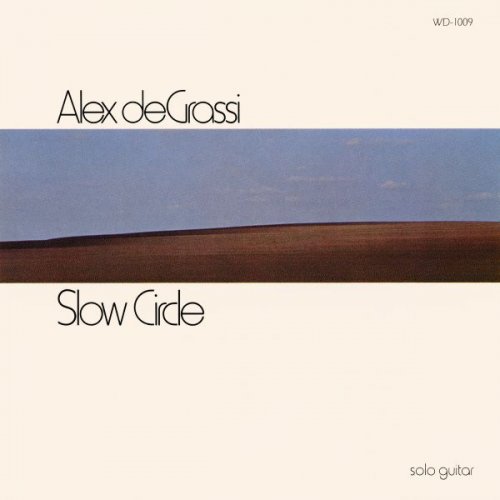
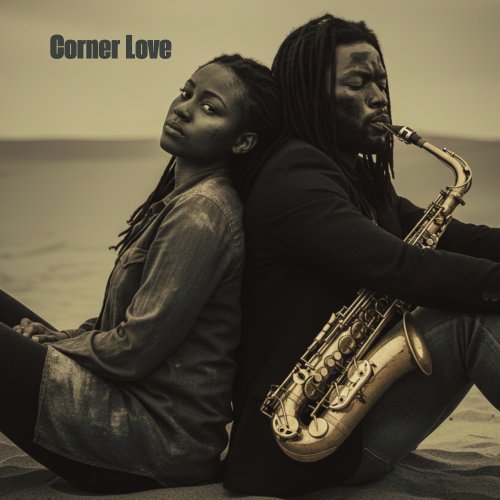
![Daniel Charles Hunt - Inside Passages (2016) [Hi-Res] Daniel Charles Hunt - Inside Passages (2016) [Hi-Res]](https://img.israbox.com/img/2025-12/31/ob0txzlhdydrwm0a1bjrghxmi.jpg)
![Old Unconscious - Sunfort (2018) [Hi-Res] Old Unconscious - Sunfort (2018) [Hi-Res]](https://img.israbox.com/img/2025-12/31/5tcnpx758xto8wcs9z1xk8ph0.jpg)
